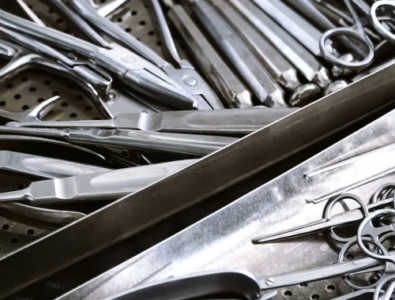
What are wet packs?
One of the worst things you will encounter after running a sterilisation cycle in your autoclave is evidence of moisture within the chamber or within the load itself. Wet packs are a common cause of contamination – excessive moisture can act as a pathogen pathway and cause recontamination of your sterilised instruments and equipment.
Did you know?
Over 28% of veterinary practices experience wet packs at least once a week*. This may not seem hugely concerning however wet packs are a sign that your equipment or your sterilisation process is not working as it should and there is something that needs immediate attention.
*NVS Decontamination & Sterilisation Survey April 2019
Why do they happen?
Wet packs can occur for a variety of reasons including for example; not following processes or overloading autoclaves and mechanical failure is also a major factor.
UPON NOTICING WET PACKS OR MOISTURE WITHIN THE AUTOCLAVE CHAMBER – STOP USING THE EQUIPMENT STRAIGHT AWAY AND CALL YOUR SERVICE TECHNICIAN IMMEDIATELY.
